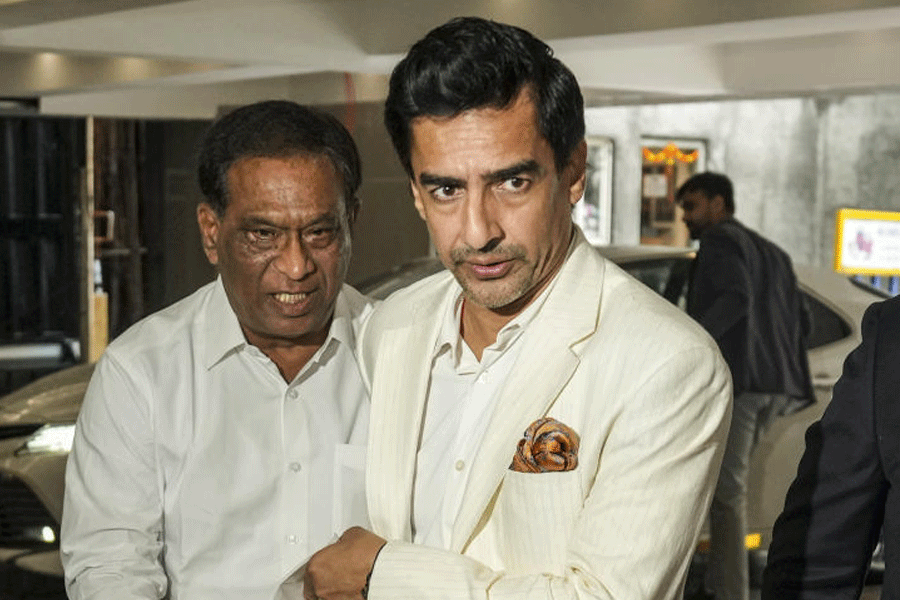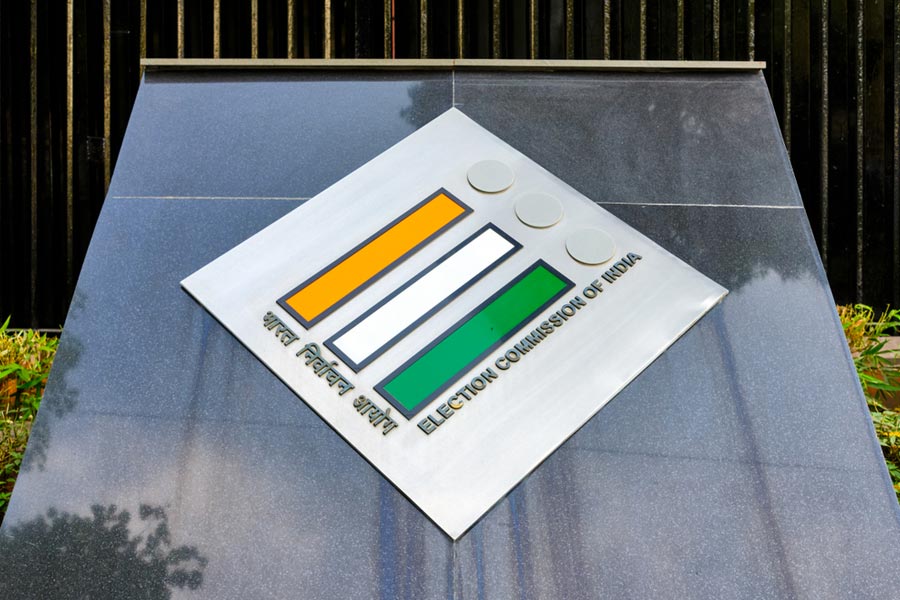 |
It was a bleak cloudy evening. Seema sat in the intensive care unit of a Pune hospital by her mother, who had been in a coma for over three weeks. Just the beep of the monitor told her that her mother was alive, thanks to the ventilator she was hooked on to.
Seema held her fingers dipped in peppermint oil close to her mother’s nostrils, as she had done as a matter of routine in a bid to arouse her. And then suddenly something happened. “The blue wire connected to the blood oxymeter that was capped to my mother’s finger began moving. Then I saw her left hand gently rock,” says Seema.
This was the first step of her recovery, which slowly progressed over the next few weeks.
Last week, the Supreme Court put its seal of approval on passive euthanasia, bringing relief to the consciences of those struggling with or hanging onto the lives of their dear ones in a coma, which is a stage of deep unresponsiveness.
But as families of patients have seen again and again, people emerge out of the deepest of comas. “If the coma is the result of a head injury, the chances of the person emerging from it are brighter. This is because the nerve cells are not killed, but the connections between the nerve cells are disrupted,” says Dr Roop Gursahani, neurologist in Mumbai whose examination of Aruna Shanbaug was placed before the Supreme Court. Shanbaug, a hospital nurse, was brutally assaulted in 1973, and has been immobile for the last 37 years.
There are, of course, different degrees and kinds of comas. Dr Gursahani points out if the coma results from hypoxia — which is deprivation of oxygen to the brain (as in Shanbaug’s case), chances of the person recovering fully, even on emerging from the coma, are not as bright. “Also, those who wake up within 24-48 hours have the best chances of recovery. And someone who doesn’t wake up within four weeks is less likely to wake up at all,” he adds.
On the other hand, younger patients have better chances of coming out of comas. “Even if they’ve suffered serious brain damage, the young are more likely to pull through,” says Dr Amit Haldar, a neurologist in Calcutta.
Few, however, can predict the future of a coma patient. Seema’s mother’s movements, for instance, came in fits and jerks. One day she opened her eyes and looked at Seema with complete recognition. “But when I told her I loved her, she shut her eyes and slipped back for several days,” says Seema.
But for the patient’s friends and family, all small signs are symbols of hope. Seema recalls that when her father called out her mother by name, she’d be jolted as if she’d been roused from a deep sleep. And when Seema sang to her, her otherwise low breathing rate would soar.
Many family members feel that people in a coma try to reach out to them. Sharon Gonsalves da Silva, a homemaker in Goa, says she saw a tear roll down the face of her Auntie Sophie — who had been in a coma for a couple of weeks in a Mumbai hospital — when she asked her to pray that she may be blessed with a child.
Mumbai educationist Kavita Shivdasani says she felt a tiny twitch in the finger of her father, who had been in a coma for almost three weeks, when she asked him to press her hand if he heard and understood her. “I held his hand and told him that it was okay to leave and that we would handle whatever he was worried about,” says Shivdasani.
The next morning, her father slipped away for good.
In his book, Inside Coma: A new view of awareness, healing and hope, neurologist Pierre Morin prescribes an environment that is relaxing for the person in a coma. “The caregiver should be gentle, relaxed and speak gently,” he writes. He suggests that the caregiver seek the patient’s permission to hold the wrist. “Gestures and postures are important in tapping hidden emotions,” Dr Morin adds.
The experiences of former coma patients are varied. Some recall nothing of their ordeal, and some can’t explain. But Rajan (he chooses to go with his first name), a resident of Pune, says he heard a voice telling him to come away, when he was on the ventilator, while being treated for acute pneumonia. “The voice was soothing and came from a man with a chiselled expression,” says Rajan, who remembers telling the man in the vision that he was ready to leave his body, but feared his mother would not be able to take his going away.
“When a person emerges from a coma, the sensory responses return faster than motor,” says Dr Haldar. But the next step is the tricky one. Often, such a person steps into the next domain — the vegetative state, where the person can be aroused but is not responsive — as in the case of Shanbaug.
Or like Puja, who responds only through facial expressions. Five years ago she suffered a brain injury after being hit by a car while shopping for her sister’s wedding in Calcutta.
The so-called vegetative state is because of a “disconnect” between the cerebral cortex (the brain’s higher centre which controls functions such as memory, thought, vision and language) and the brain stem, responsible for primitive functions such as respiration and heart rate, Dr Haldar explains.
For many people coming out of comas, recovery, if any, is a long way off. Pallab Das, a headmaster in Calcutta, hopes against hope when he sees his 73-year-old mother. Ever since she emerged out of her coma, she has only been able to convey her emotions with her eyes, which are often teary. “I feel her sense of helplessness,” says Das.
Like the caregivers, doctors too feel the pain of the patient and of the family. Some also do what they can to help the families of patients hanging between life and death. A few doctors try and control the high expenses of keeping a patient alive. “Sometimes, to save the patient’s family of treatment costs that run into lakhs of rupees, we cut down on medicines and other treatment — after consultation with the patient’s family — if we feel that further treatment is not going to benefit the patient of irreversible brain damage or some neurological dysfunction,” says Dr Sushrut Bandyopadhyay, who heads the critical care unit of AMRI Hospitals, Salt Lake.
But hope does continue to burn, even in the thick of darkness. After all, there is often light at the end of the proverbial tunnel.
(Some names of people have been changed to protect their identities)










